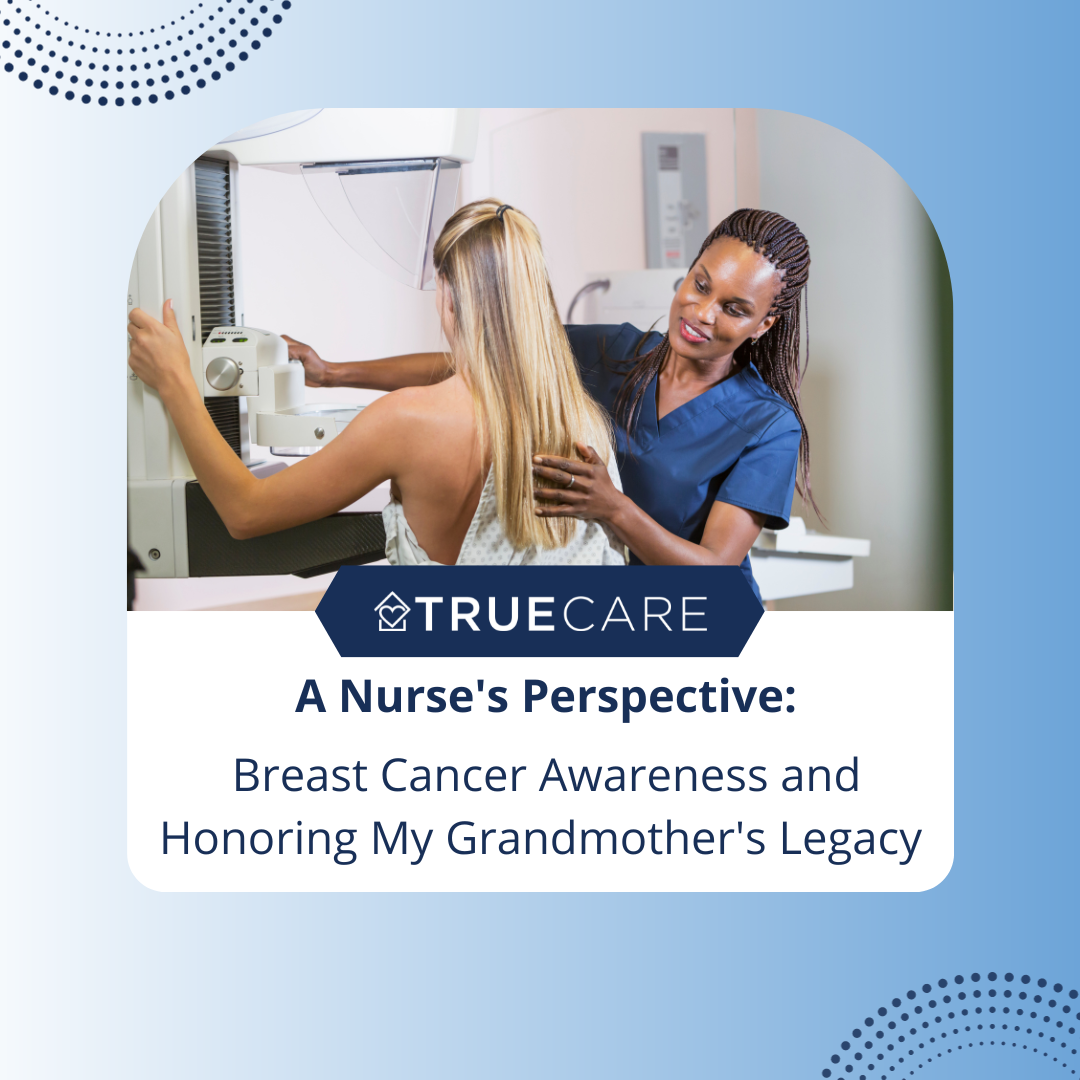I just made an appointment for my annual mammogram.
I was trained from a very young age to be vigilant. I knew as a child that my grandmother had died from breast cancer in her early 40s and that my mother was only 12 at the time. I remember conversations about my mother participating in a double blind clinical trial with Tamoxifen in the ‘90s. She didn’t know if she was taking the actual medication or the placebo, but hoped for the best. Years later she found out that she had been one of the participants who was taking the Tamoxifen. She hoped it made a difference.
As my mother entered her 40s and then her 50s, she never stopped diligently monitoring herself for the dreaded disease. Unfortunately, it wasn’t just her mother who got sick, it was most of her aunts as well. Some of them survived, and some of them didn’t. Breast cancer, and the other female-linked cancers (ovarian, cervical, etc.) sat like a weight on my mother as she waited for her turn to receive the devastating diagnosis she fully expected.
With this obvious genetic link she was not surprised when the BRCA genetic testing became available in the late ‘90s. My mother was first in line for this testing. I remember more conversations about whether or not the insurance would cover the testing and if a positive result would cause questions later if she developed breast cancer. Would the insurance company treat breast cancer as a “pre-existing condition”? Ultimately, my parents decided that they would pay out of pocket for the testing to avoid the possible risk for reimbursement for treatments later on. My mother was not at all surprised when she tested positive for the BRCA 2 mutation.
Only a couple of years later, as a young mother with a toddler, my husband and I decided that I should also be tested for the BRCA gene mutation. Happily, I tested negative. I remember calling my mother at work and telling her, she said it was like winning the lottery. We knew that I had a 50% chance of being positive, since she was positive. It was a huge relief. I was safe, and so was my daughter.
Over the years my brother finally decided to get tested and the results were negative. Unfortunately, a large group of my mother’s cousins and their children tested positive. So far no one has gotten sick thankfully, but I know that the constant worry and monitoring weighs on them.
Through the years my mother has had intense monitoring and prophylactic procedures to protect her from, what she assumed, was a forgone conclusion. She wasn’t wrong. She was diagnosed with breast cancer in 2017. Being over 70 at the time, she felt that she had “lived a good life” and was surprised that it took so long for her to get sick. But, as it turned out, the tumor was considered very treatable. Her constant monitoring and follow up accomplished what it should, the cancer was found very, very early. Her doctors told her they could remove it and treat her. But, because of her BRCA status and family history, she should consider a double mastectomy since her risk of recurrence would be high. She agreed.
During her treatment she worried. Even with the double mastectomy, what if the cancer had spread, undetected, and would re emerge later? This happened to her aunt years ago, even though she had a mastectomy, died years later of metastatic breast cancer that had spread to her brain. It turned out, science had an answer. The oncotype dx test is a fascinating test that predicts how likely breast cancer is to spread to another part of the body within 10 years of the diagnosis. She tested on the low side, but again, the doctors suggested that she have chemotherapy even though the tumor and her breasts had been removed due to her BRCA status and family history. She agreed.
So, here I am. With a healthy mother approaching 80 who takes care of my kids when I need her to, runs errands for me and hems my skirts. I am sorry that I never got to meet my grandmother Louise. I don’t know much about her. She always got egg shells in her omelets, she was a fast walker and she loved her children.
I make my annual mammogram appointment in honor of the grandmother I never met and out of respect for my mother and her journey. Losing her mother at such a young age was a tragic and life-defining event. Still, my grandmother’s legacy has protected my mother, and in turn, has protected me. I have learned that facing my health concerns and being proactive is the only way to stick around so I can be a mother and grandmother, just like my mom.








